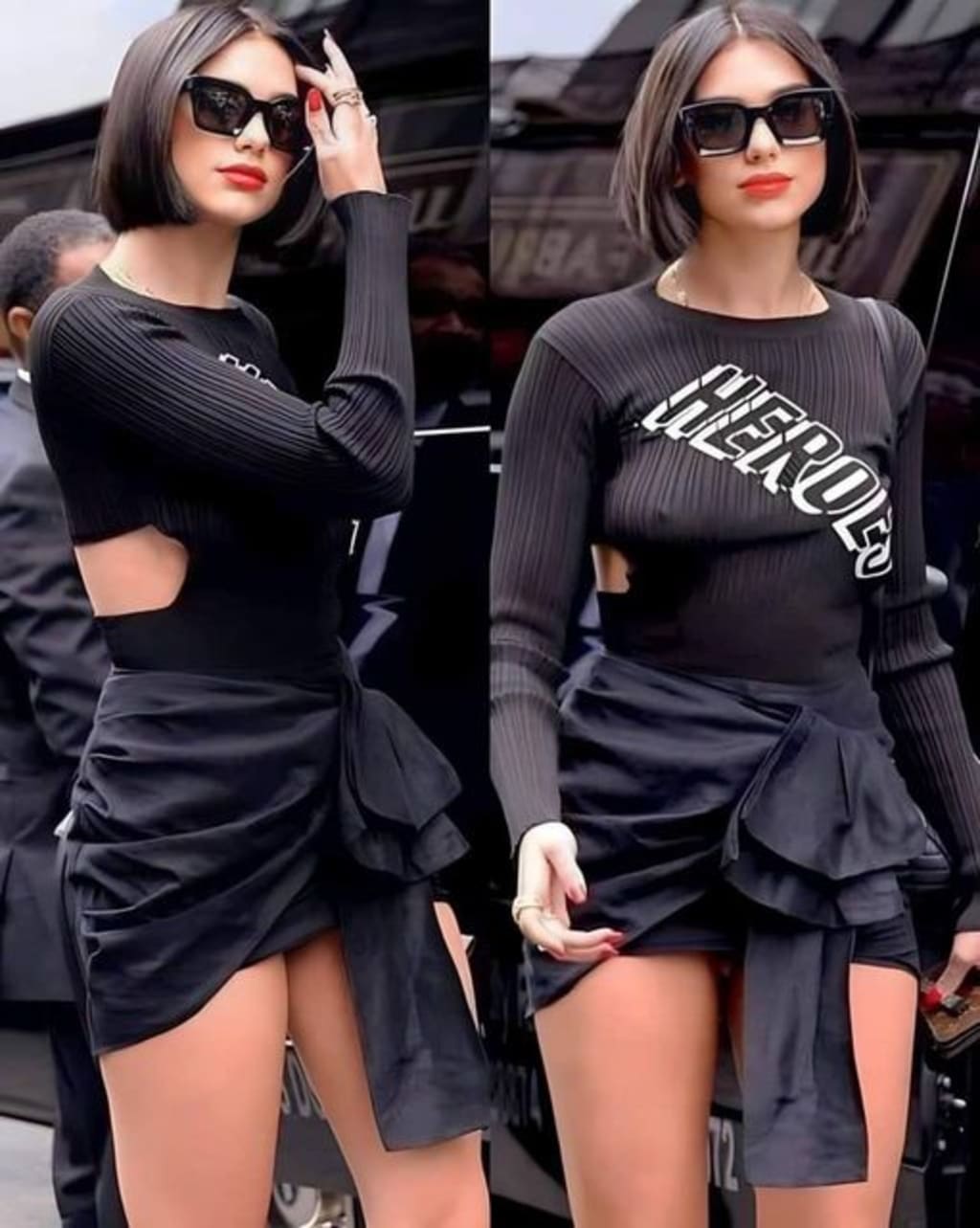8 KEY DIFFERENCES BETWEEN COCKTAIL DRESSES AND EVENING DRESSES
Evening Dresses

In the realm of women's fashion, the distinction between cocktail dresses and evening dresses goes beyond mere semantics; it delineates the sartorial choices one makes for different occasions. Both categories exude elegance, but understanding the nuances that set them apart is crucial for making informed fashion decisions. In this article, we unravel the mystique of cocktail dresses and evening dresses, exploring eight key differences that define their unique charm.
1. Occasion and Formality:
The primary distinction between cocktail dresses and evening dresses lies in the formality of the occasions they are designed for.
Cocktail Dresses:
Cocktail dresses are the epitome of versatile sophistication, designed for semi-formal to formal occasions that fall between day and evening events. They are perfect for cocktail parties, weddings, and social gatherings where an air of refined charm is required without the full formality of an evening gown.
Evening Dresses:
Evening dresses, on the other hand, are tailored for more formal and grandiose events. They are the go-to choice for galas, black-tie affairs, and other upscale occasions that demand a heightened level of glamour and elegance. Evening dresses are often considered the pinnacle of formal attire, reserved for events that unfold under the sparkle of chandeliers and on red carpets.
2. Length and Hemline:
The length of a dress can significantly impact its overall formality and the message it conveys.
Cocktail Dresses:
Cocktail dresses typically feature a hemline that falls anywhere from just above the knee to mid-calf. This length strikes a perfect balance, offering a touch of sophistication while allowing for ease of movement, making them ideal for social gatherings and events with a more relaxed atmosphere.
Evening Dresses:
Evening dresses, being more formal, often boast longer hemlines. The options range from tea-length (falling between the knee and ankle) to floor-length or even sweeping ballgown skirts. The extended length adds an element of grandeur and drama, befitting the elevated ambiance of formal affairs.
3. Silhouette and Fit:
The silhouette and fit of a dress contribute significantly to its overall aesthetic and the message it conveys about the wearer's style.
Cocktail Dresses:
Cocktail dresses come in a variety of silhouettes, but they typically feature more relaxed and versatile cuts. A-line, sheath, or fit-and-flare silhouettes are common, allowing for comfort and ease of movement. The focus is on highlighting the wearer's figure without being overly restrictive.
Evening Dresses:
Evening dresses often embrace more structured and fitted silhouettes. Mermaid, trumpet, and ballgown styles are common, emphasizing the hourglass figure and adding a touch of glamour. The fit of an evening dress is tailored to perfection, ensuring that it not only complements the wearer's body but also exudes a sense of regal elegance.
4. Fabric and Embellishments:
The choice of fabric and the level of embellishments play a crucial role in defining the formality and overall aesthetic of both cocktail and evening dresses.
Cocktail Dresses:
Cocktail dresses often feature a diverse range of fabrics, from lightweight options like chiffon and silk for daytime events to slightly heavier materials like lace or satin for evening affairs. Embellishments, if present, are usually understated, with a focus on subtlety and sophistication.
Evening Dresses:
Evening dresses showcase luxurious fabrics that add to their opulent appeal. Satin, silk, velvet, and lace are commonly used, providing a sumptuous texture and a sheen that captures attention. Embellishments in the form of sequins, beads, and intricate embroidery are more prevalent, creating a dazzling effect that befits the elevated nature of formal events.
5. Neckline and Sleeve Styles:
The neckline and sleeve styles of a dress contribute to its overall design, allowing for a range of expressions from demure to alluring.
Cocktail Dresses:
Cocktail dresses often feature a variety of necklines, from modest boat necks and V-necks to playful sweetheart or off-the-shoulder styles. Sleeve lengths can vary, ranging from sleeveless and cap sleeves to short or three-quarter sleeves, providing options for different seasons and preferences.
Evening Dresses:
Evening dresses tend to embrace more dramatic necklines, such as plunging V-necks, illusion necklines, or one-shoulder designs. Sleeve styles can include long sleeves, intricate lace sleeves, or even bold, statement-making sleeves that add to the overall glamour of the gown.
6. Colour Palette:
While both cocktail and evening dresses offer a spectrum of colours, certain shades are traditionally associated with each category.
Cocktail Dresses:
Cocktail dresses often showcase a broad range of colours, including vibrant hues and playful prints. While black, navy, and jewel tones are popular choices, the colour palette for cocktail dresses is generally more diverse and adaptable to the season and occasion.
Evening Dresses:
Evening dresses often gravitate towards more formal and classic colour choices. Black, deep reds, rich blues, and elegant neutrals are common, reflecting the sophistication and timeless elegance associated with formal events.
7. Accessories and Styling:
The level of accessorizing and styling can further distinguish cocktail and evening dresses.
Cocktail Dresses:
Cocktail dresses provide room for more playful and varied accessories. Statement jewelry, stylish clutches, and bold heels can elevate the overall look. The emphasis is on expressing personal style and adding a touch of individuality to the outfit.
Evening Dresses:
Evening dresses, being more formal, often require more restrained accessorizing. Elegant jewelry, a classic clutch, and sophisticated heels are common choices. The focus is on achieving a harmonious and polished look that complements the grandeur of the gown.
8. Time of Day:
The time of day the event takes place can also influence the choice between a cocktail dress and an evening gown.
Cocktail Dresses:
As the name suggests, cocktail dresses are well-suited for events that typically occur in the late afternoon or early evening. They are versatile enough to transition seamlessly from day to night, making them perfect for social gatherings, weddings, or cocktail parties.
Evening Dresses:
Evening dresses are specifically designed for nighttime events. Their opulent fabrics, longer hemlines, and sophisticated detailing make them ideal for formal affairs that unfold under the soft glow of evening lights, such as galas, black-tie events, or red carpet occasions.
Conclusion: Celebrating Diversity in Elegance
In the world of women's fashion, both cocktail dresses and evening gowns carve out their unique spaces, each offering a distinct expression of elegance tailored to the occasion at hand. While cocktail dresses embrace versatility and playful charm for a range of events, evening gowns command attention with their opulence and formality, reserved for grand affairs that demand a heightened level of glamour. Understanding the nuances between these two categories empowers individuals to make informed fashion choices, ensuring they radiate confidence and style on every occasion, whether it's a chic cocktail party or a glamorous evening gala.






Comments
There are no comments for this story
Be the first to respond and start the conversation.